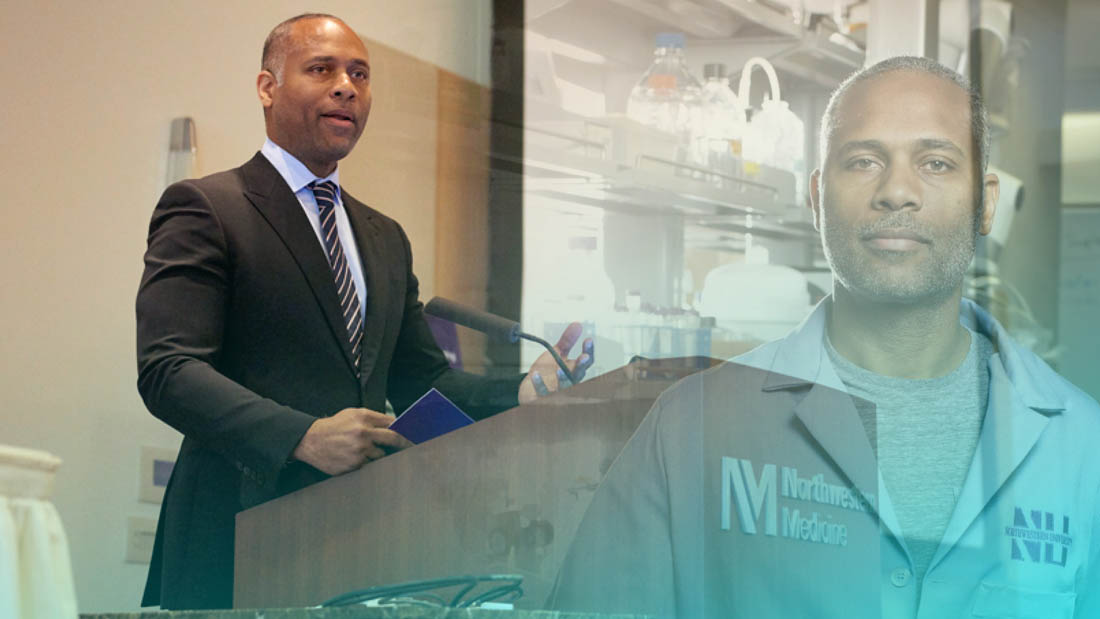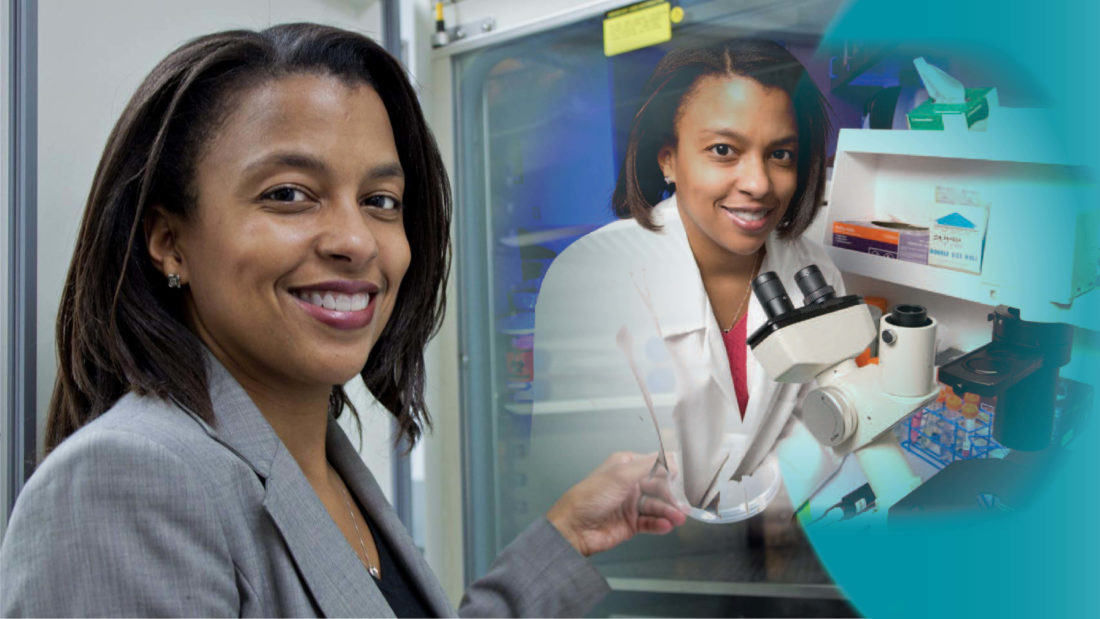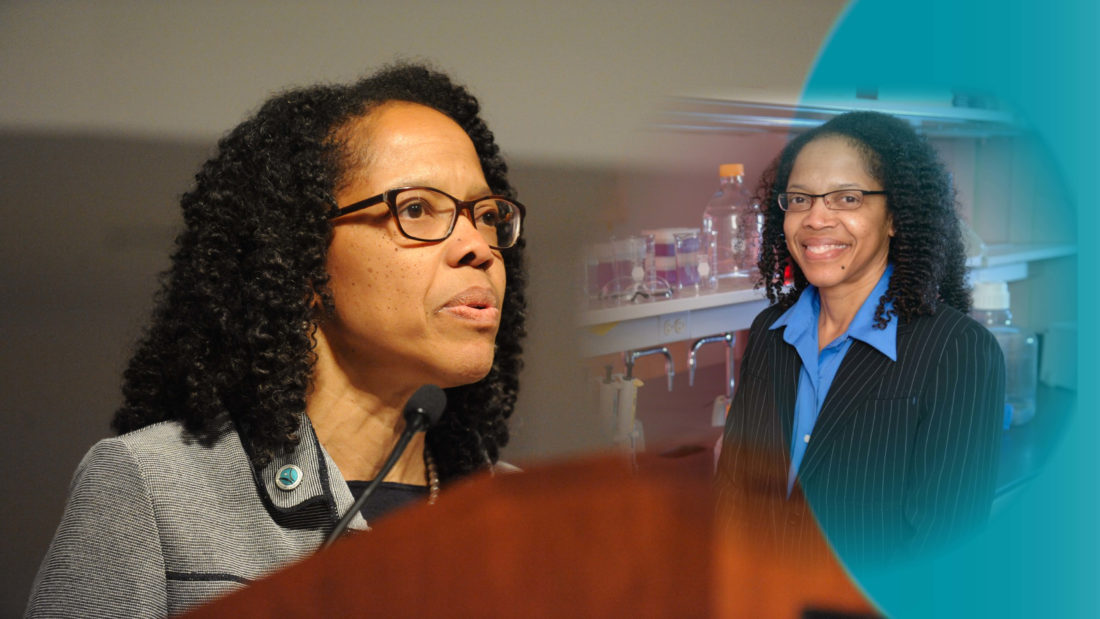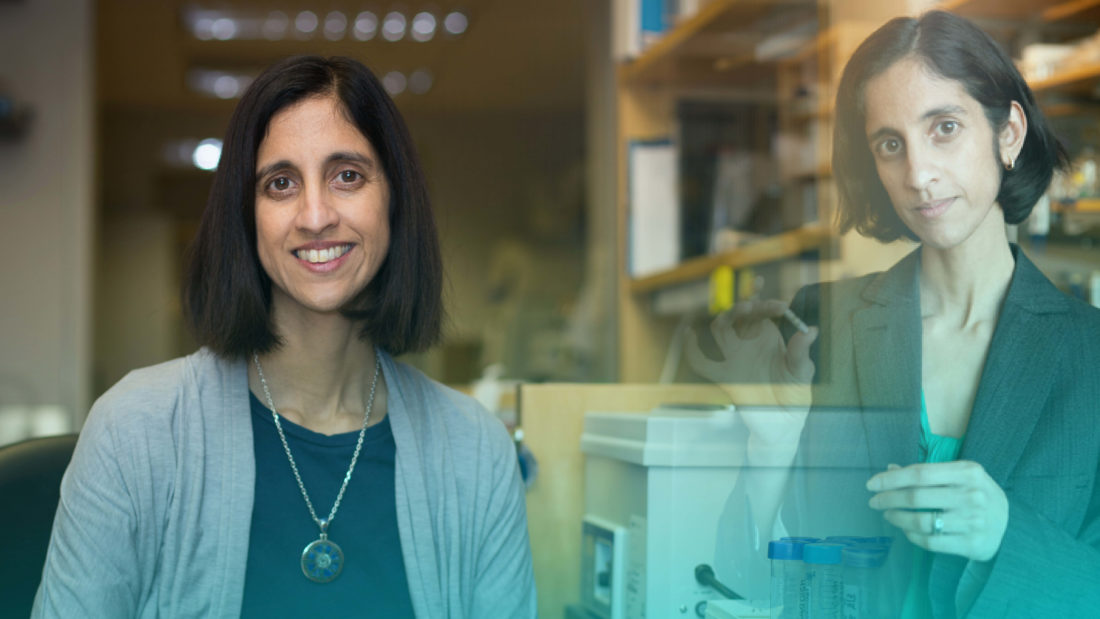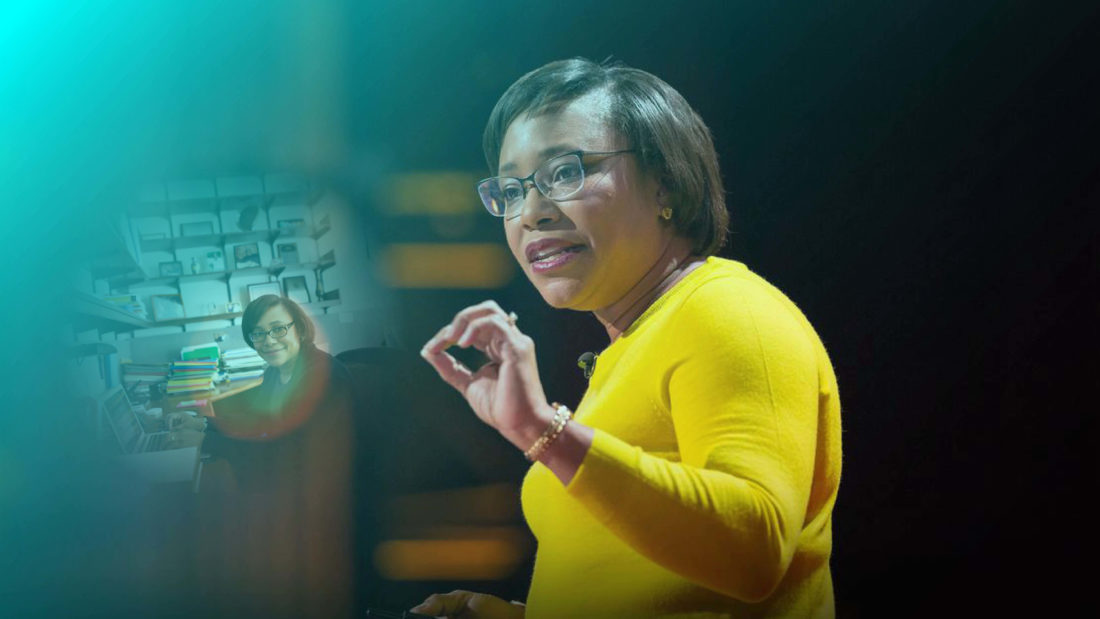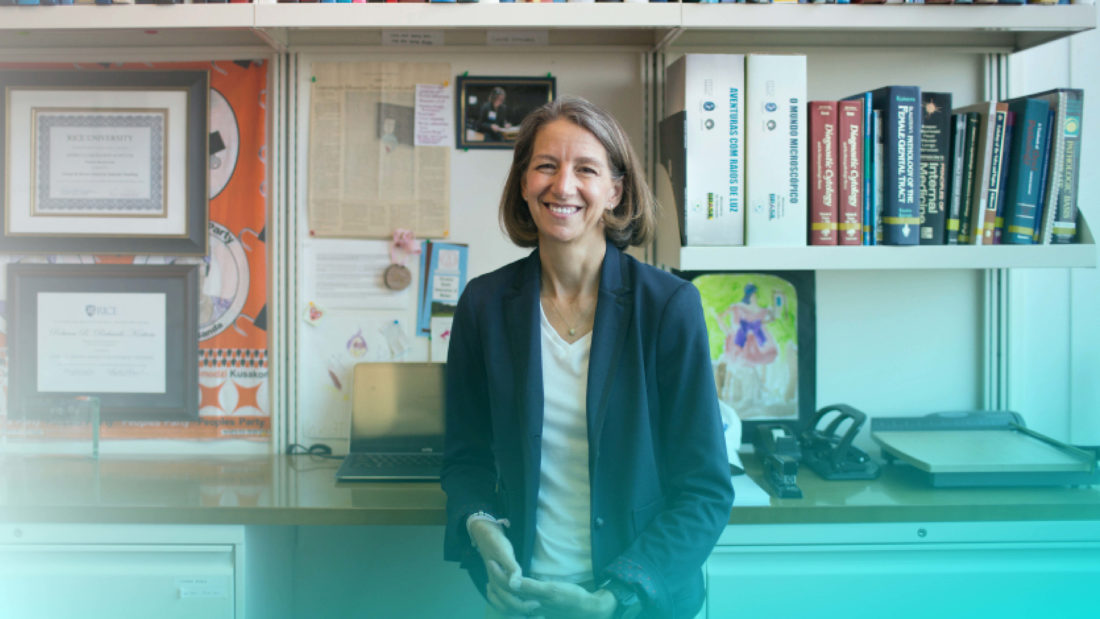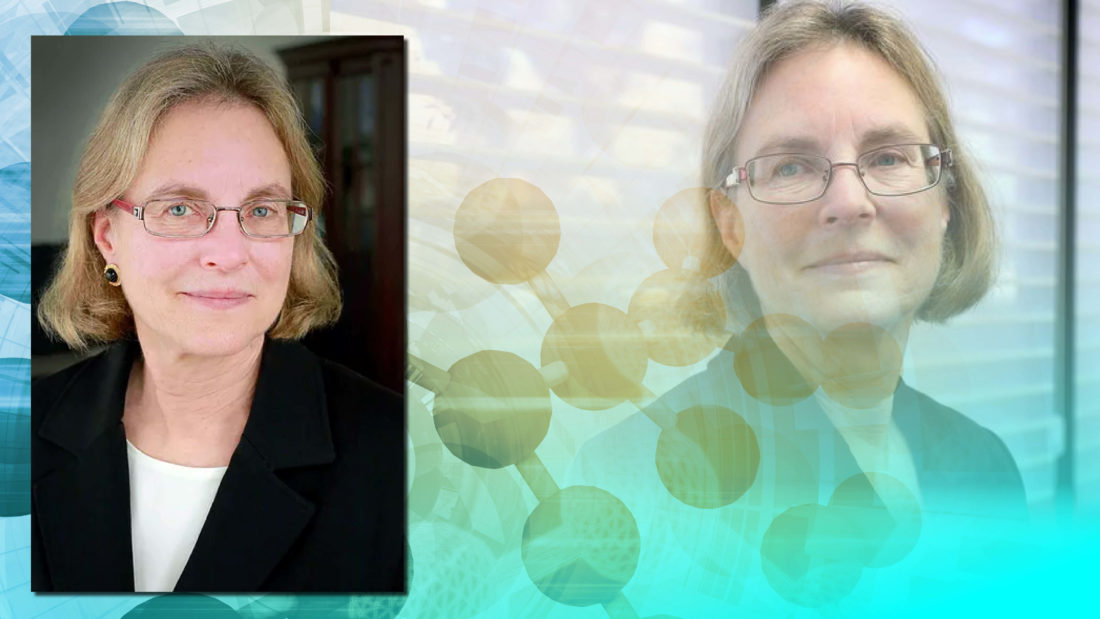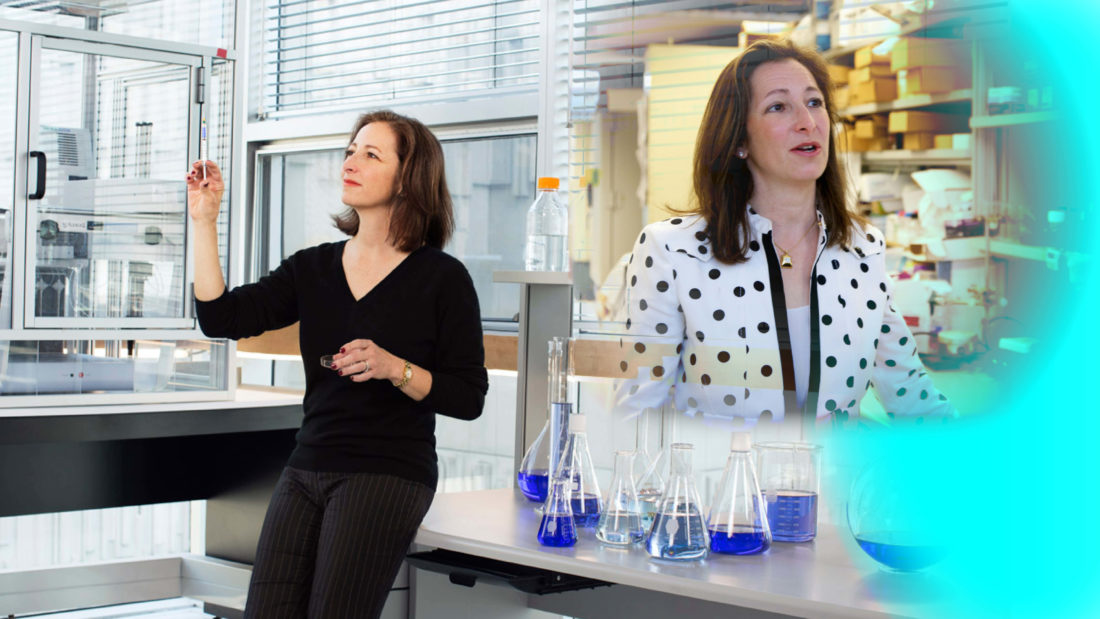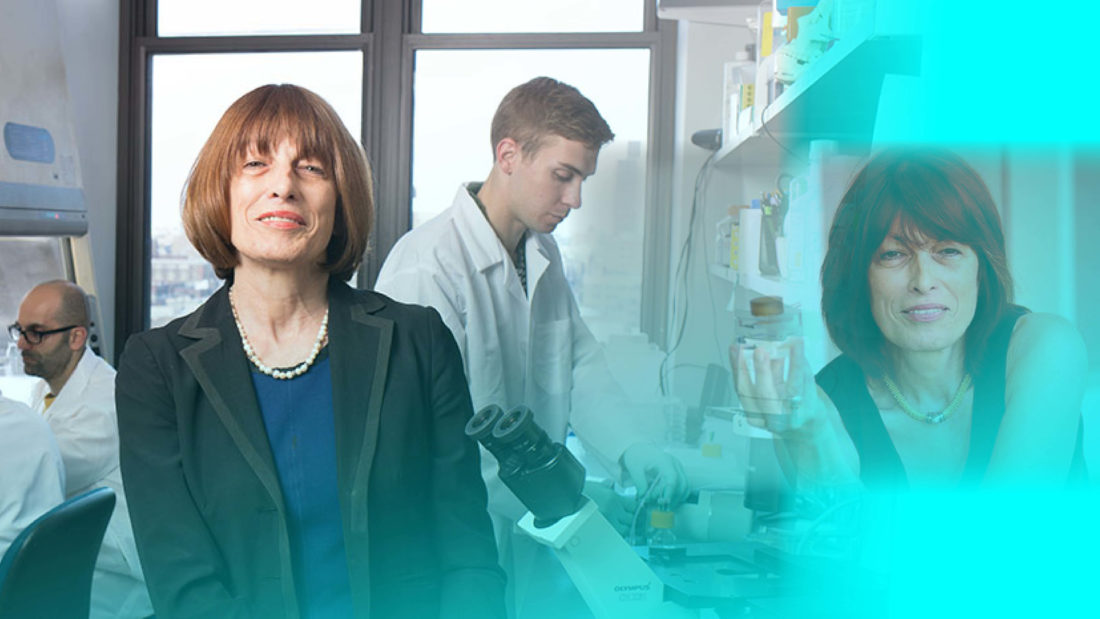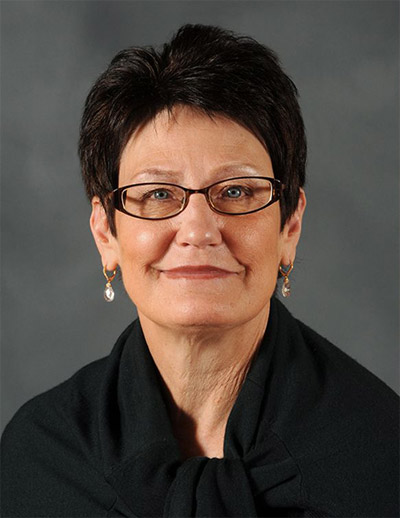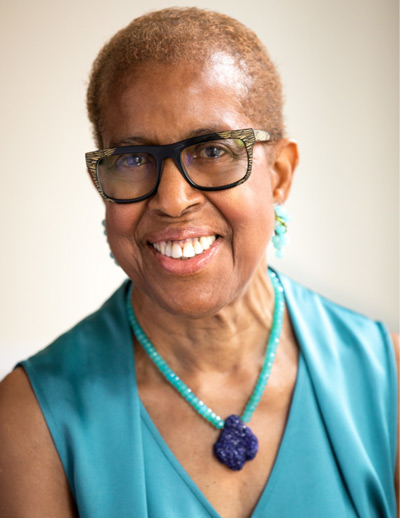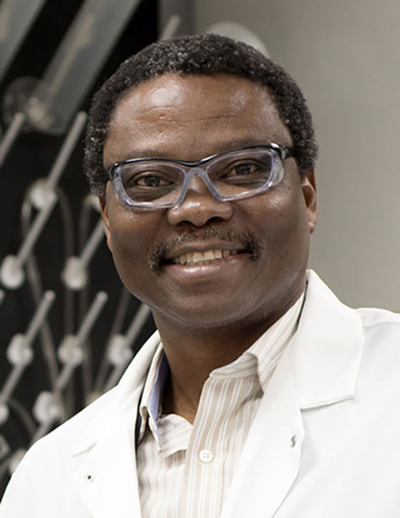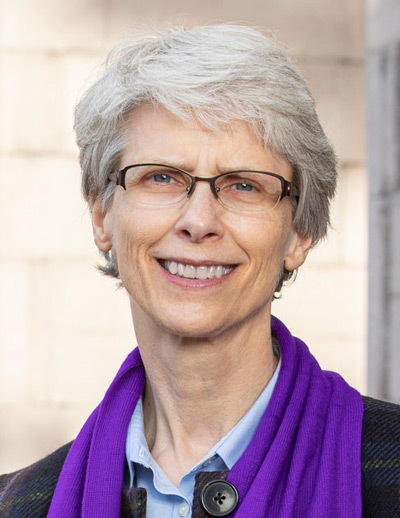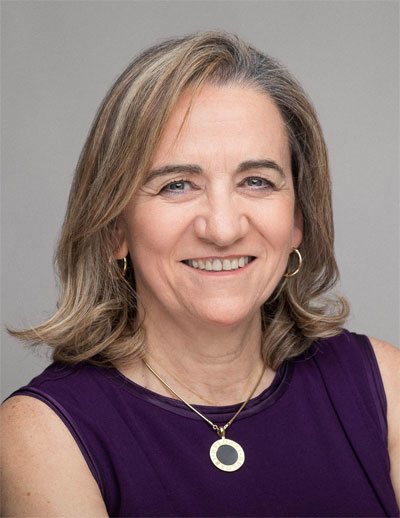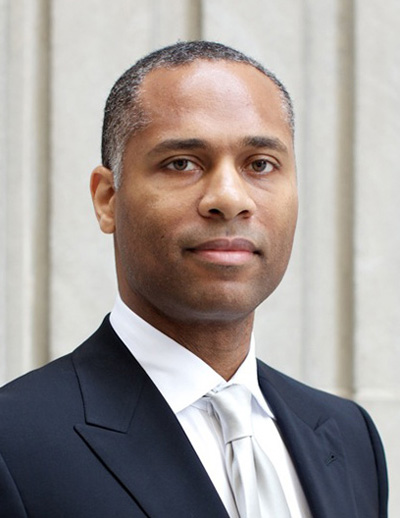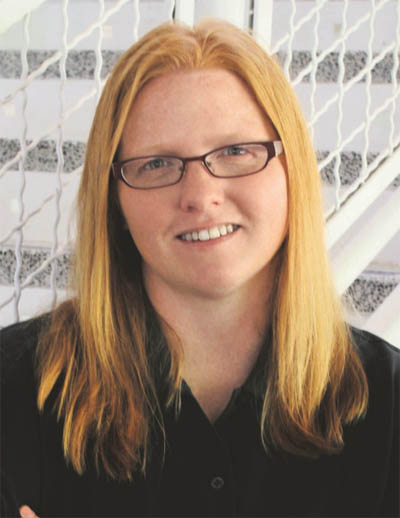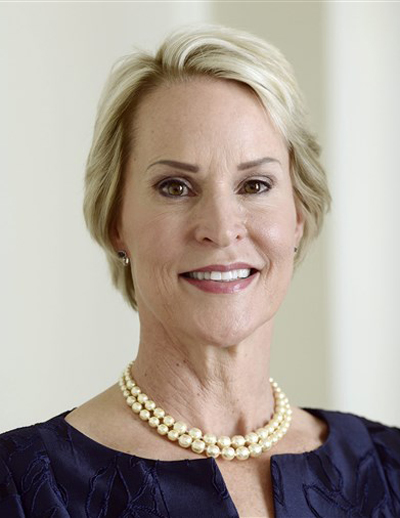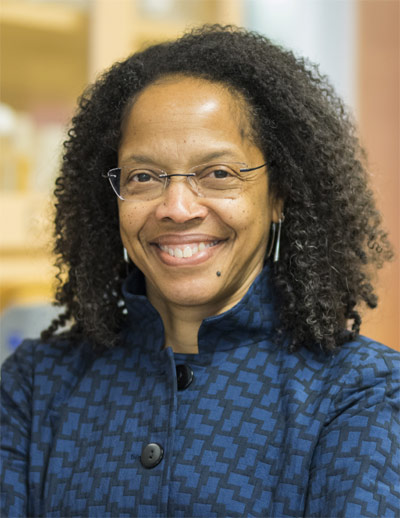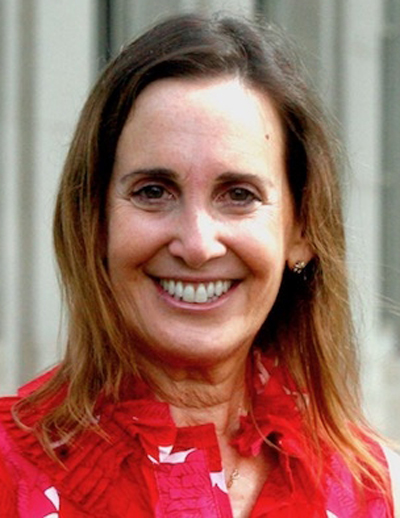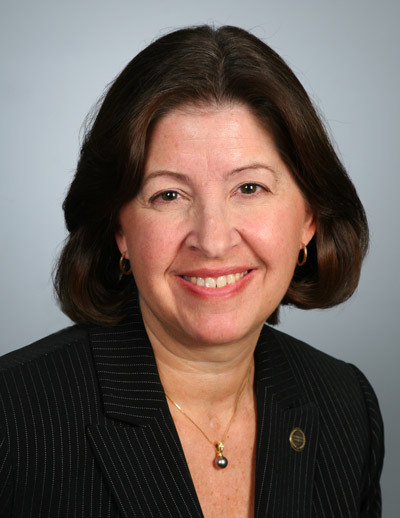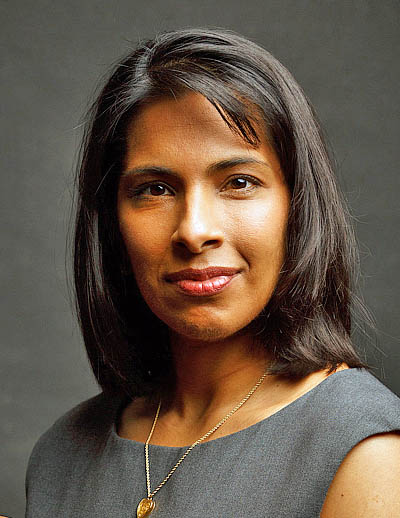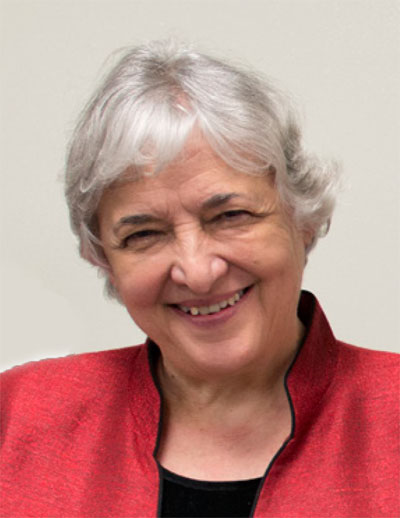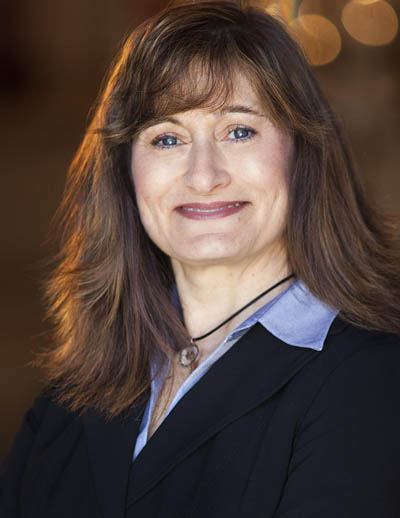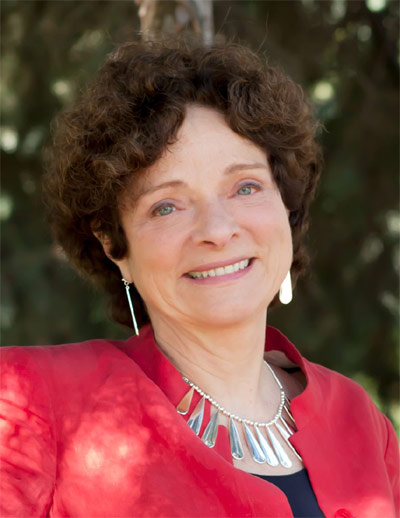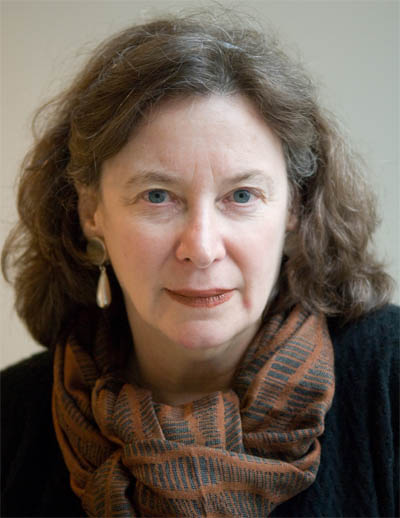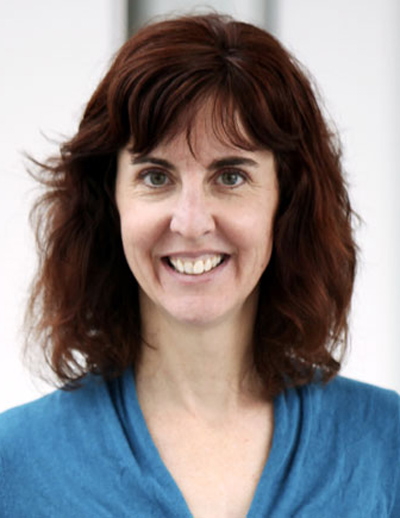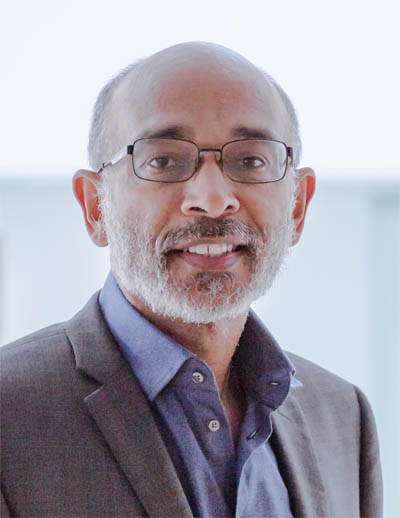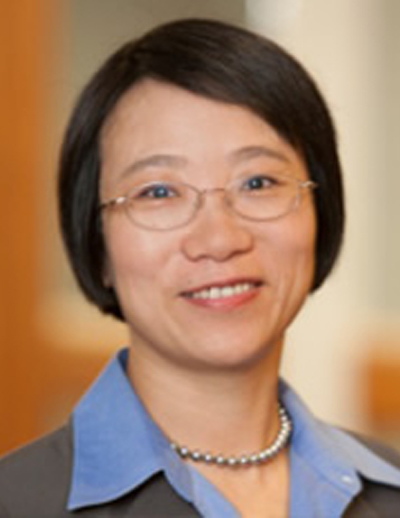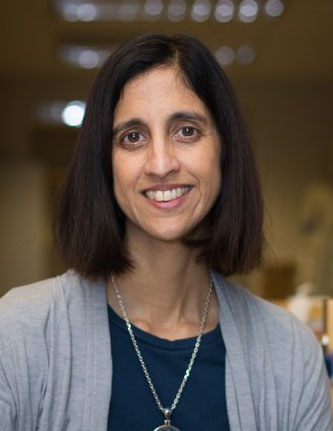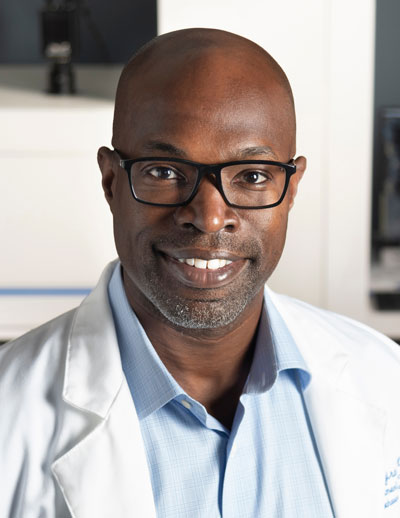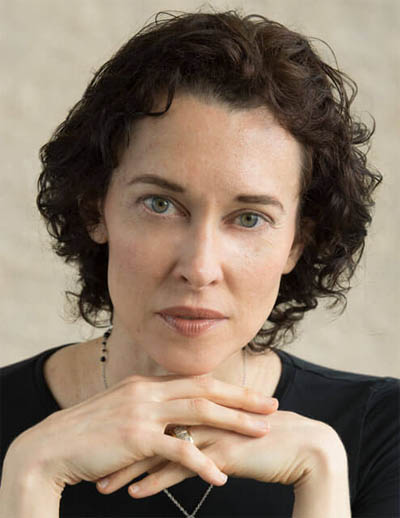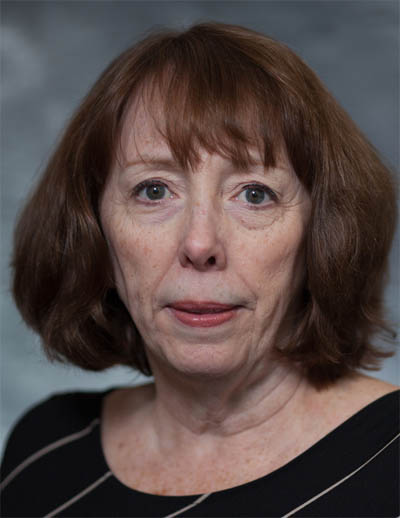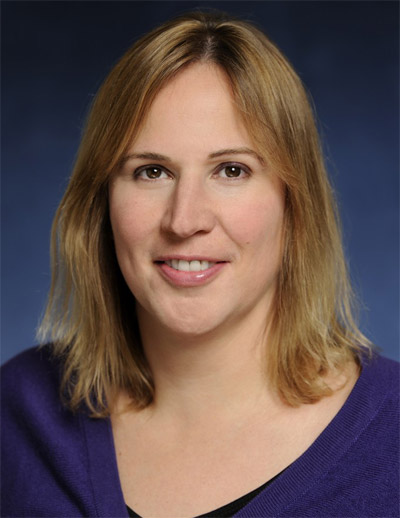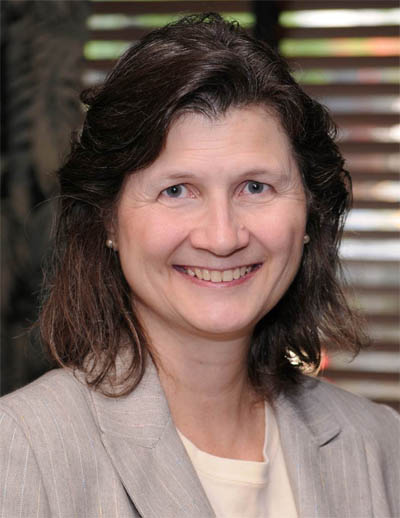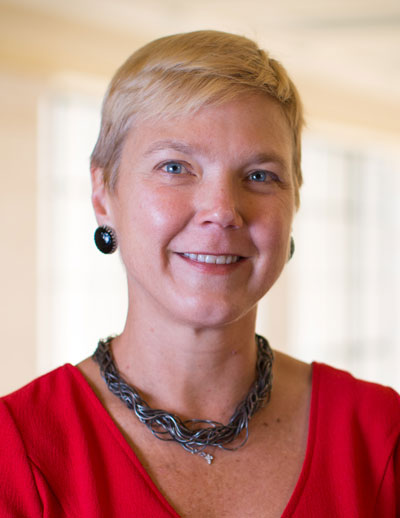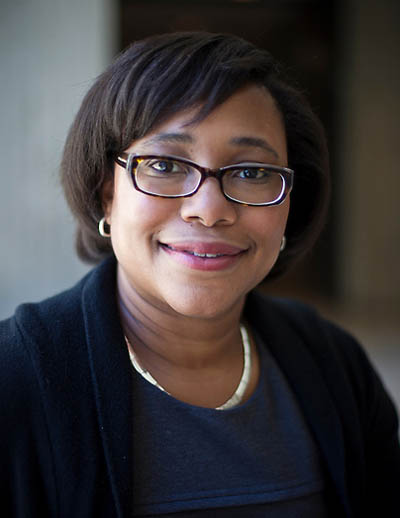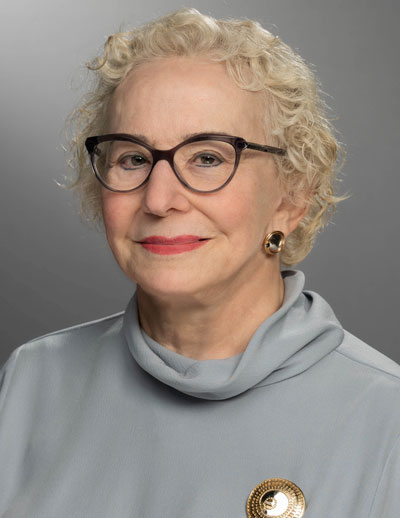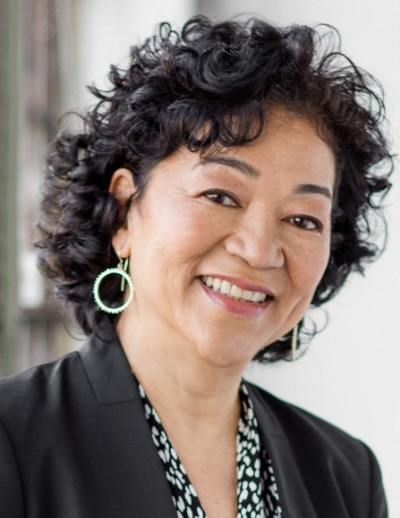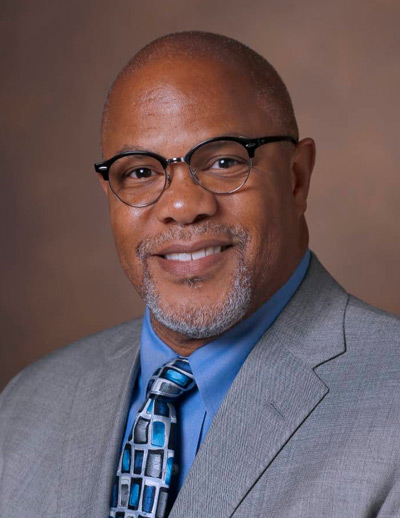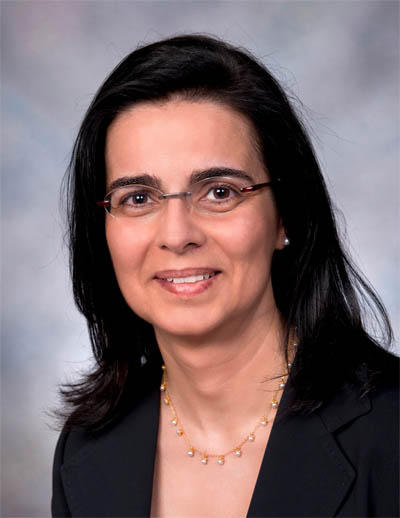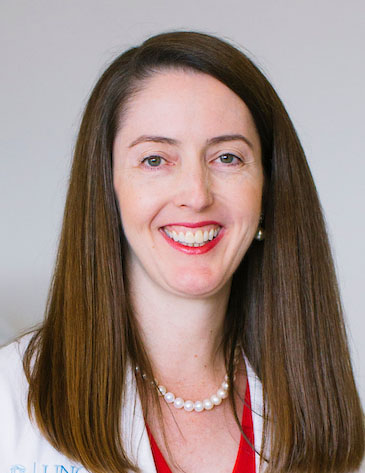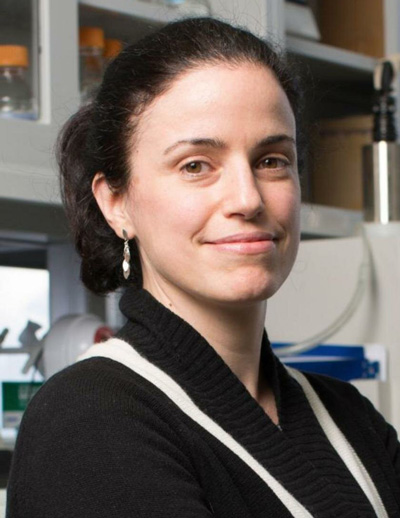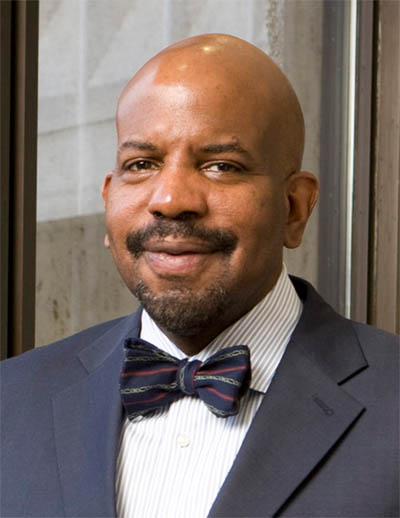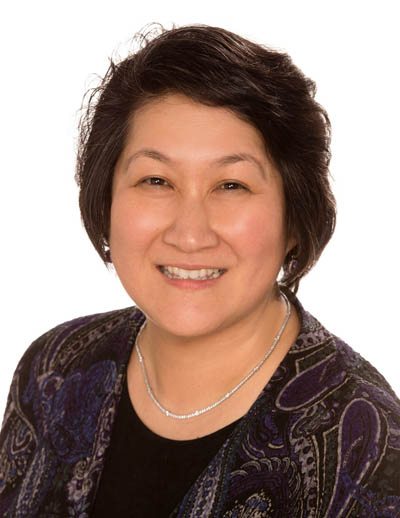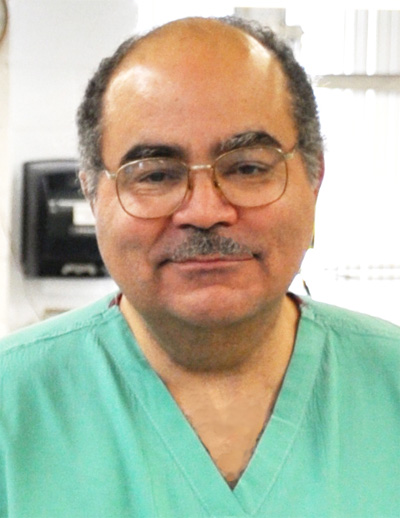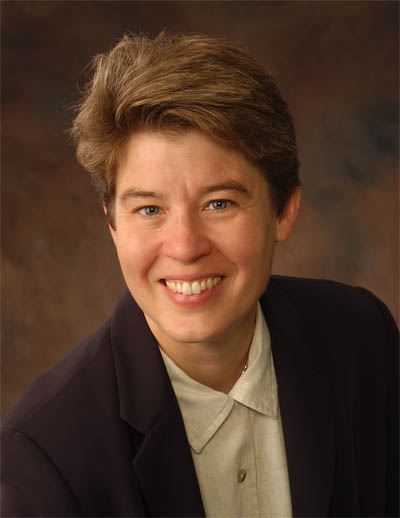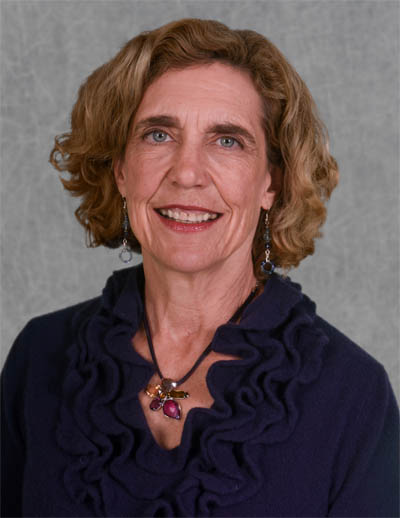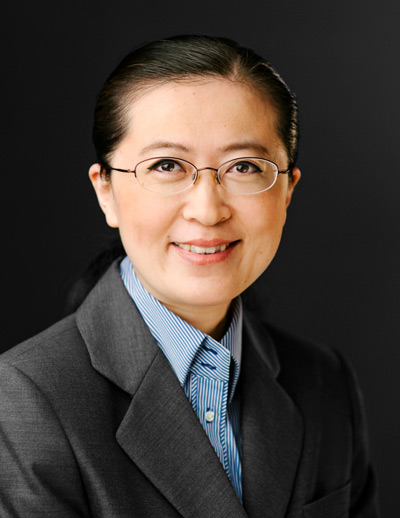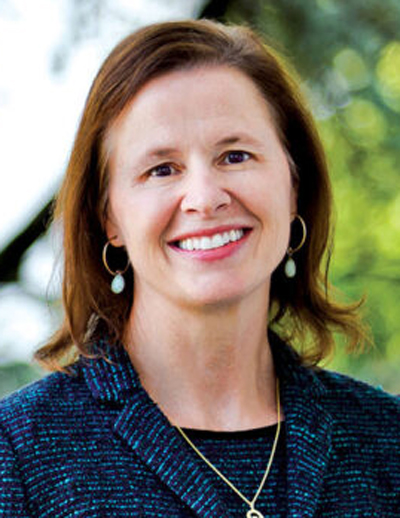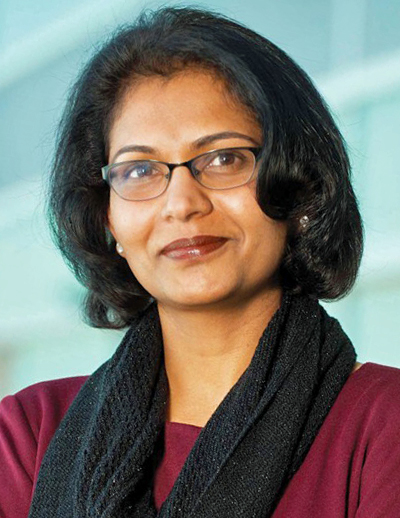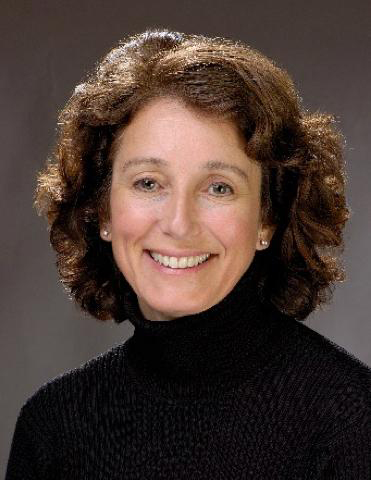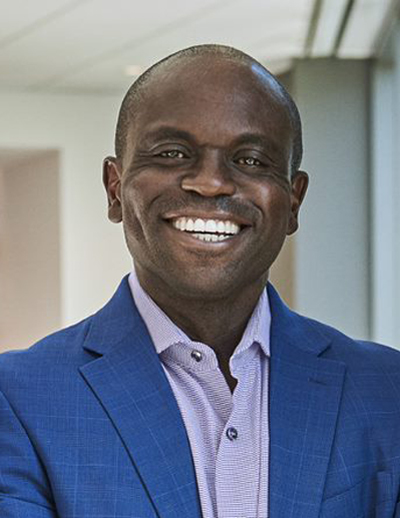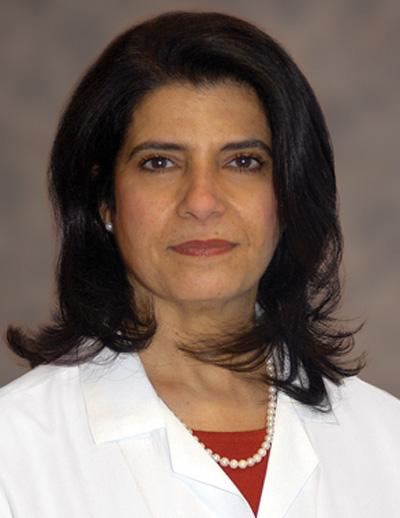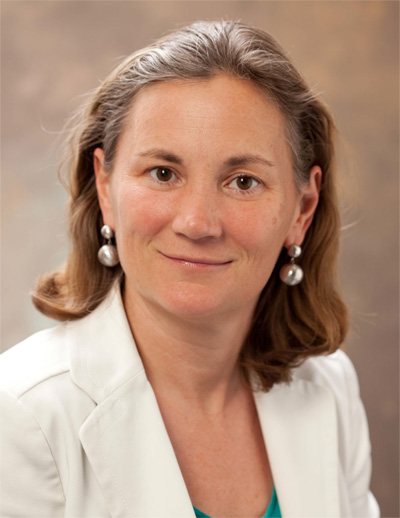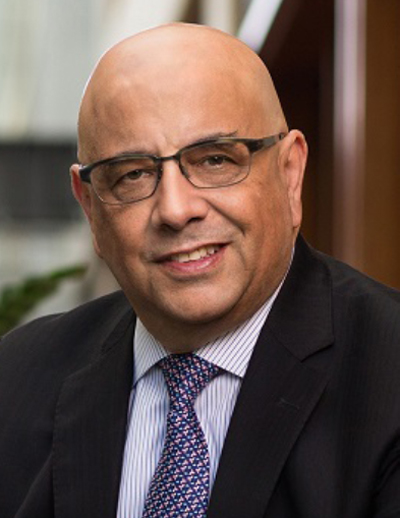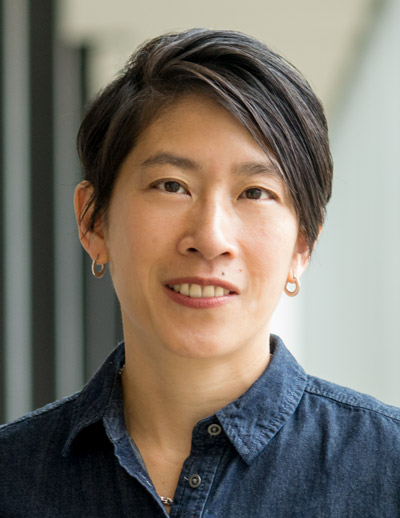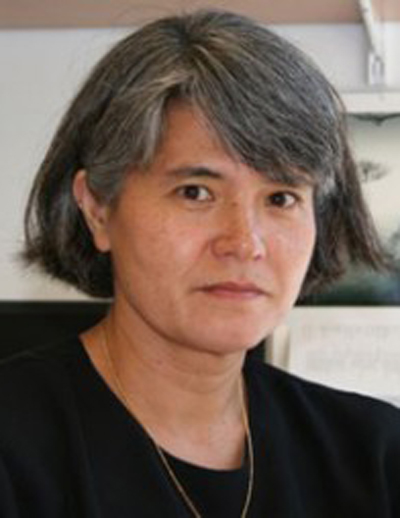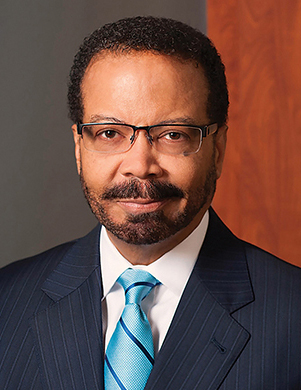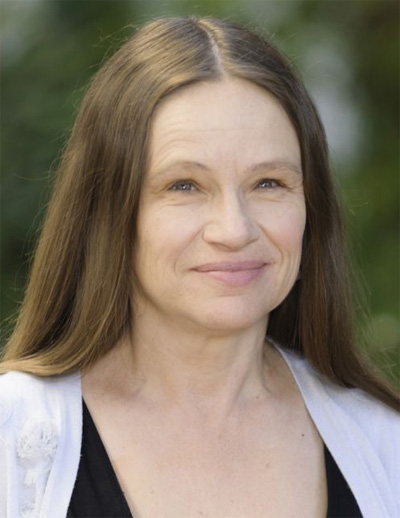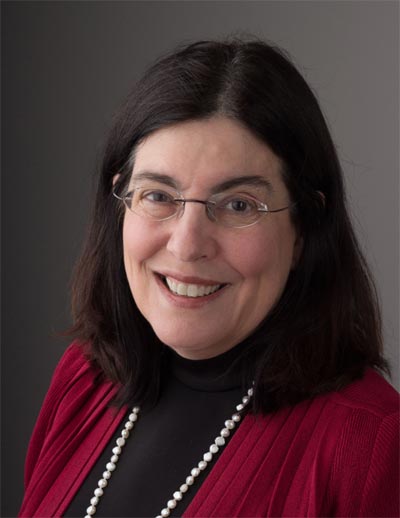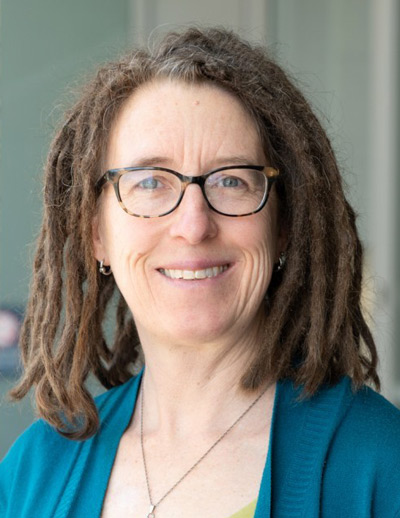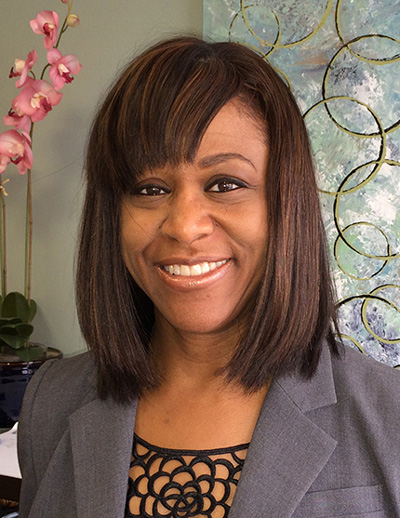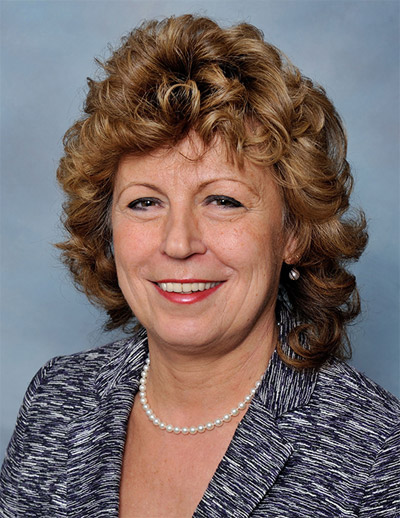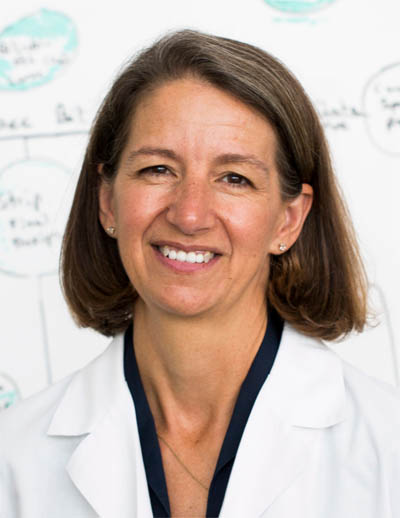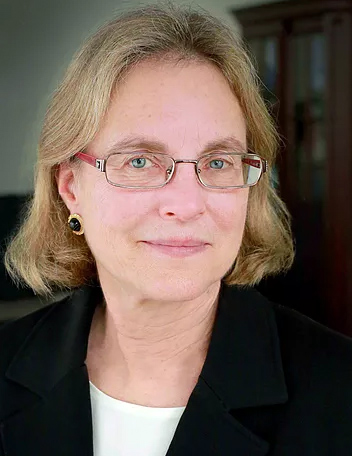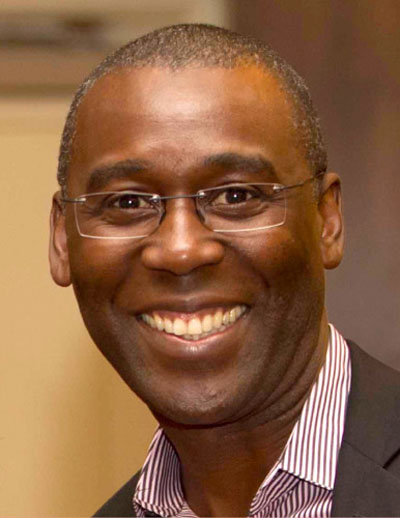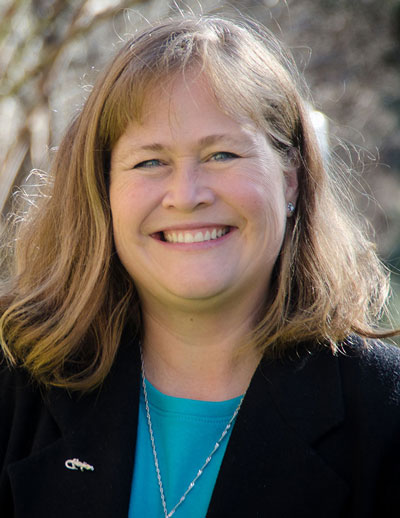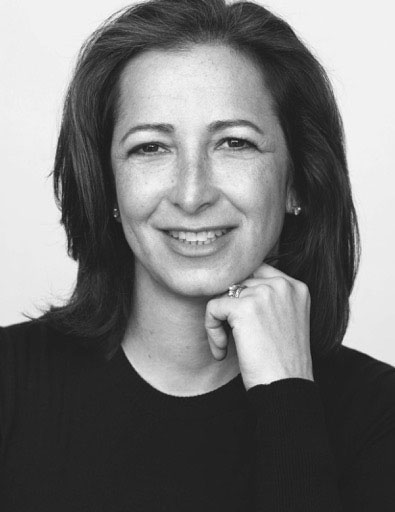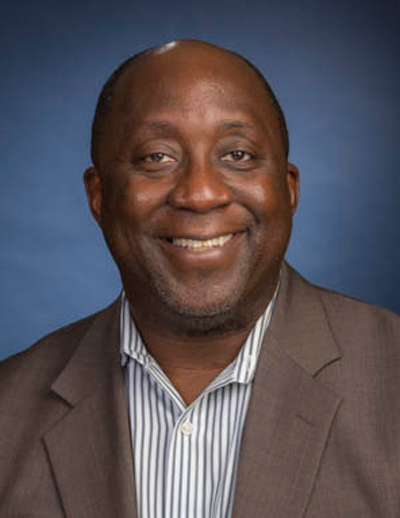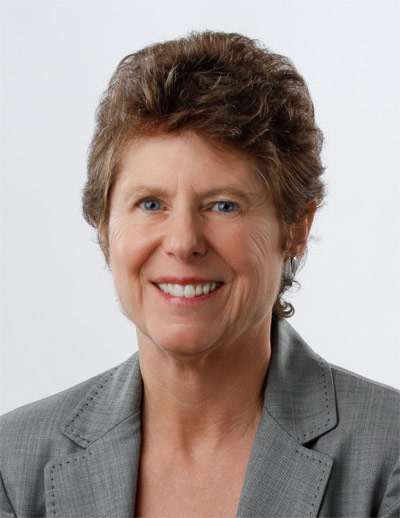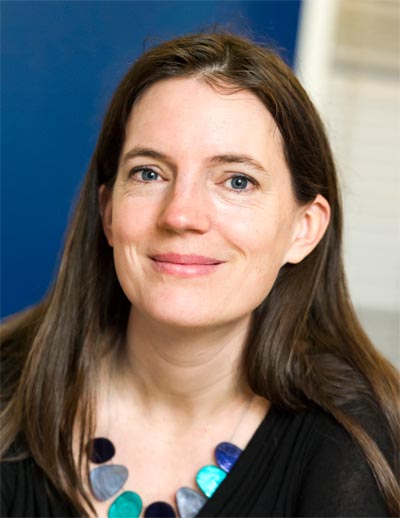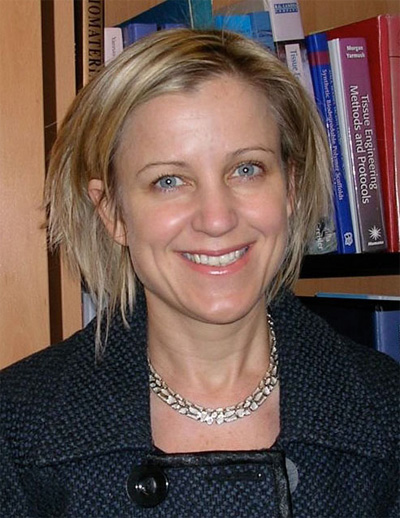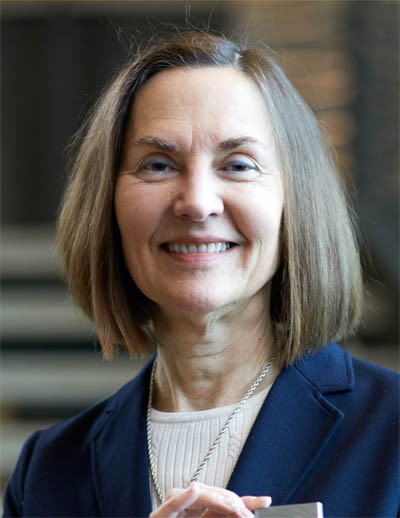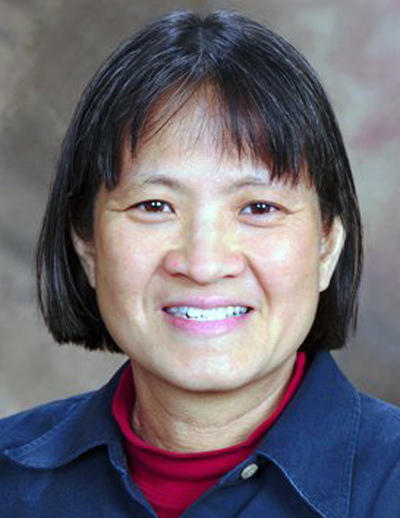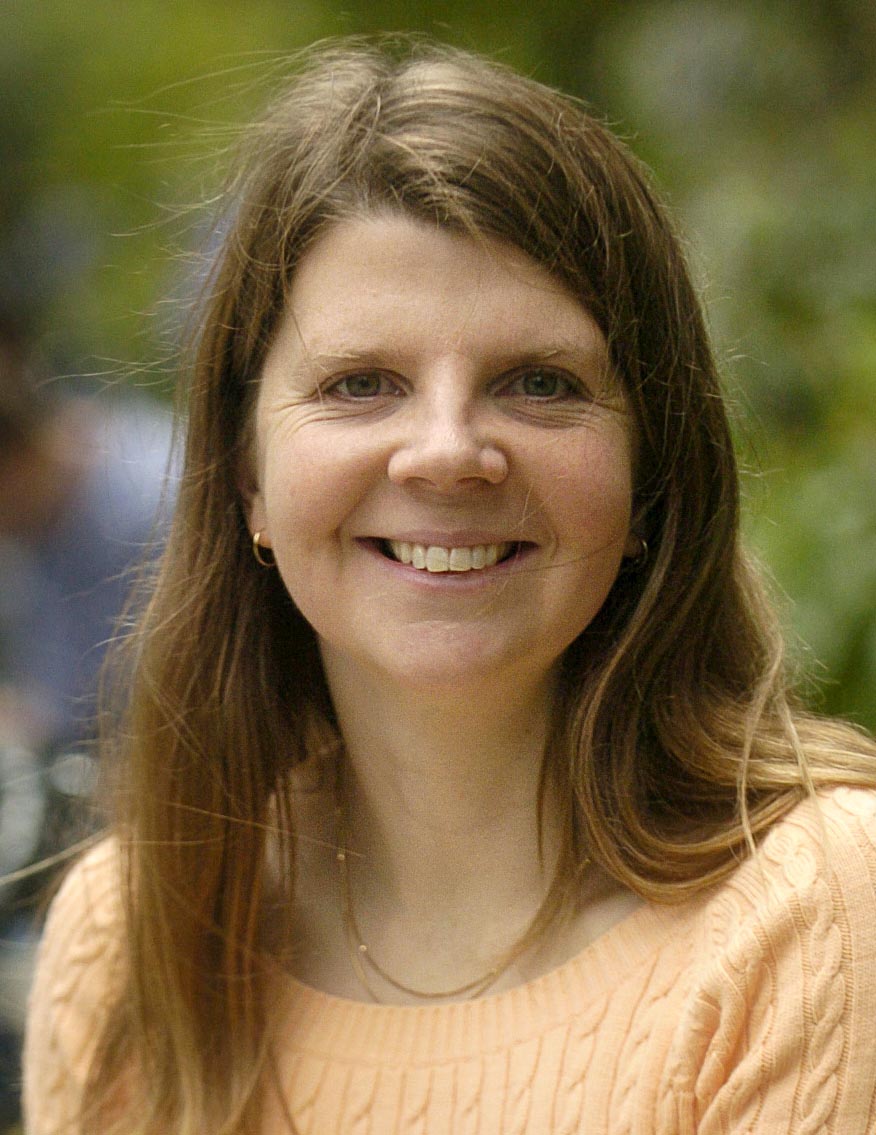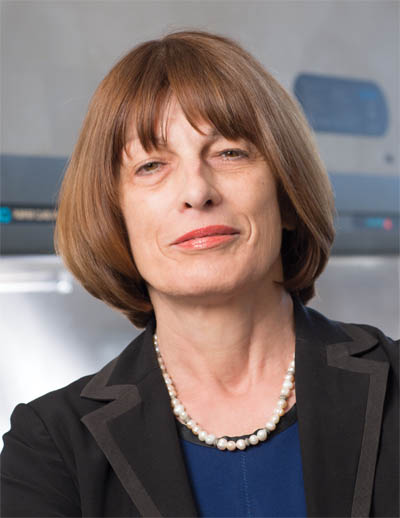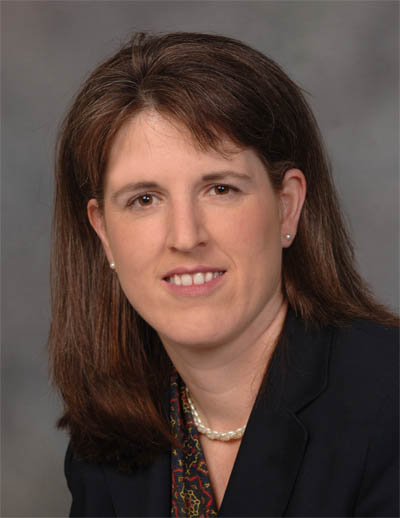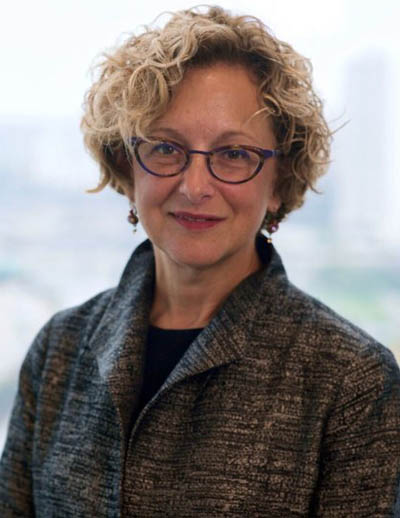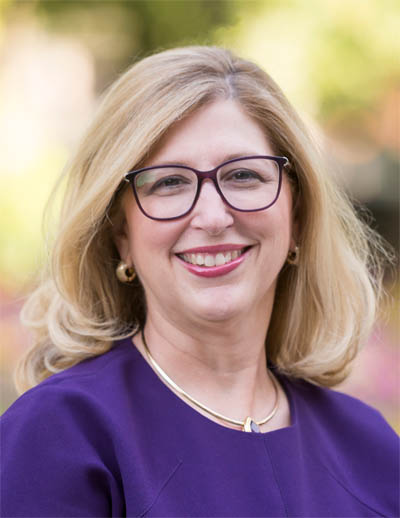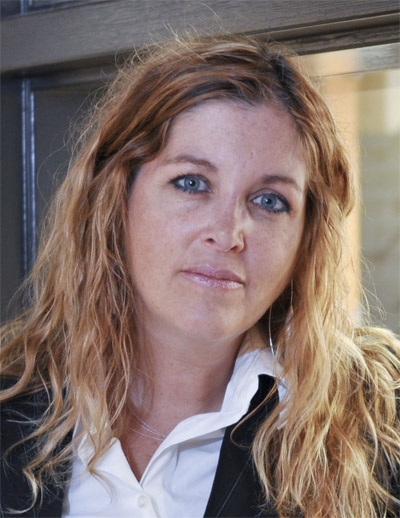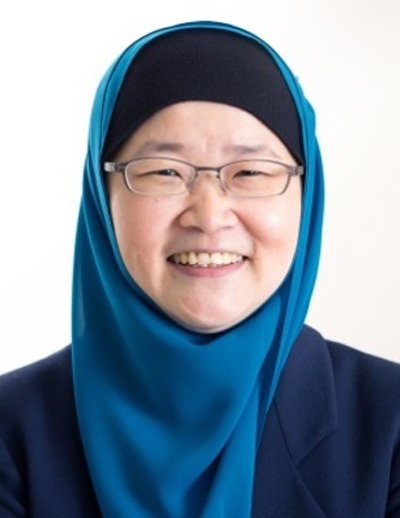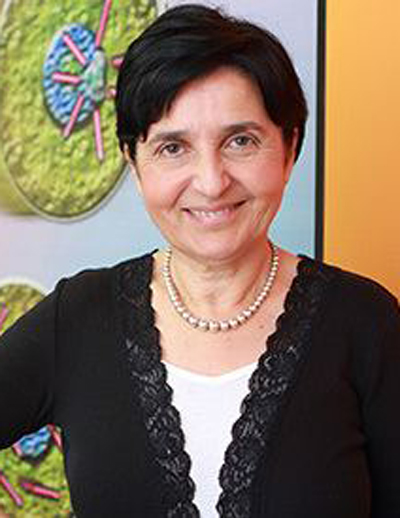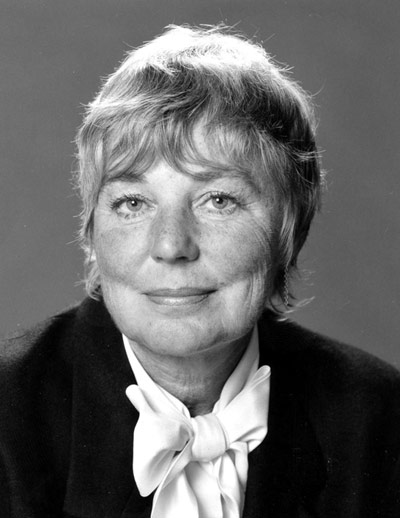RECOGNIZING EXCELLENCE
Awardees
-
2019 – National Academy of Medicine2020 – National Academy of Engineering2021 – National Academy of Medicine2024 – National Academy of Engineering2006 - National Medal of Science2000 – National Academy of Sciences2016 – National Academy of Medicine2021 – National Academy of Medicine2013 – National Academy of Sciences2009 – National Academy of Engineering2009 – National Academy of Medicine2018 Nobel Prize in Chemistry2008 – National Medal of Technology2000 NAE, 2004 NAM, 2008 NAS2017 – National Academy of Engineering2020 – National Academy of Medicine2019 – National Academy of Engineering2017 - AIMBE Pierre Galletti Award2023 - National Academy of Engineering2023 - National Academy of Medicine2023 - National Academy of Engineering2020 - National Academy of Sciences2010 – National Academy of Engineering2019 – National Academy of Medicine2017 – National Academy of Sciences2015 – National Academy of Engineering2022 – National Academy of Engineering2015 – National Academy of Medicine2015 – National Academy of Engineering2016 – National Academy of Sciences1995 – National Academy of Medicine2012 – National Academy of Engineering2001 – National Academy of Medicine2019 – National Academy of Engineering2022 - Pierre Galletti Award2015 – National Academy of Engineering2014 – National Academy of Sciences2007 – National Academy of Medicine2018 – National Academy of Engineering2024 – National Academy of Engineering2015 – National Academy of Medicine2021 – National Academy of Medicine2023 – National Academy of Sciences2018 – National Academy of Engineering2018 – National Academy of Medicine2014 – National Academy of Engineering2019 – National Academy of Medicine2010 – National Academy of Engineering2021 – National Academy of Medicine2011 – National Academy of Engineering2019 – National Academy of Sciences2017 – National Academy of Engineering2016 – National Academy of Medicine1993 – National Academy of Medicine2022 – National Academy of Engineering2010 – National Academy of Medicine2012 – National Academy of Medicine2016 – National Academy of Medicine2021 – National Academy of Medicine2021 – National Academy of Sciences, 2011 Engineering, 2004 Medicine2014 – National Medal of Technology2009 – AIMBE Pierre Galletti Award2007 – National Academy of Engineering2018 – AIMBE Pierre Galletti Award2013 - National Academy of Engineering2018 – National Academy of Sciences2017 – National Academy of Engineering2005 – National Academy of Engineering2022 – National Academy of Engineering2023 - National Academy of Engineering2024 – National Academy of Engineering2020 – National Academy of Engineering2020 – National Academy of Medicine2022 - National Academy of Engineering2008 – National Academy of Medicine2015 – National Academy of Medicine2020 – National Academy of Engineering2015 - National Academy of Medicine2022 – National Academy of Sciences1997 – National Academy of Engineering2023 – National Academy of Sciences2018 – National Academy of Medicine2013 - AIMBE Pierre Galletti Award2010 – National Academy of Engineering2007 – National Academy of Medicine2021 – National Academy of Sciences2004 – National Academy of Engineering2008 – National Academy of Medicine2022 – National Academy of Medicine2021 – National Academy of Medicine2023 - National Academy of Engineering2016 – AIMBE Pierre Galletti Award2015 – National Academy of Sciences2008 – National Academy of Engineering2016 – National Academy of Engineering2019 – National Academy of Engineering2024 – National Academy of Engineering2023 - Pierre Galletti Award2016 – National Academy of Engineering2021 – National Academy of Engineering2017 – National Academy of Engineering2019 – National Academy of Engineering2023 – National Academy of Engineering2020 – National Academy of Medicine2008 – National Medal of Technology2004 – National Academy of Engineering2019 – National Academy of Engineering2019 – National Academy of Engineering2021 – AIMBE Pierre Galletti Award2014 – National Academy of Medicine2012 – National Academy of Engineering2023 – National Academy of Medicine2016 – National Academy of Engineering2017 – National Academy of Medicine2018 – National Academy of Medicine
Early Trailblazers
Gilda Barabino, Ph.D.
Gilda Barabino is Dean and Berg Professor at The Grove School of Engineering at The City College of New York. She has appointments in Biomedical Engineering, Chemical Engineering and the Sophie Davis School of Biomedical Education/CUNY School of Medicine...Barbara Boyan, Ph.D.
Barbara D. Boyan, Ph.D., dean of VCU’s School of Engineering, is an acclaimed researcher and entrepreneur. Her laboratory focuses on research related to all aspects of bone and cartilage biology...Rena Bizios, Ph.D.
Professor Rena Bizios, a chemical/biomedical engineer by training, is the Lutcher Brown Chair Professor in the Department of Biomedical Engineering at the University of Texas at San Antonio, Texas...Linda Lucas, Ph.D.
Dr. Linda C. Lucas became provost of University of Alabama at Birmingham in April 2012 after serving in the interim role since May 2011. She served as dean of the School of Engineering from 2000 to 2011...Katherine Ferrara, Ph.D.
Dr. Katherine Ferrara was recruited to the Department of Radiology at Stanford University in 2018. Prior, Professor Ferrera spent years building and shaping the Biomedical Engineering Department at the...Banu Onaral, Ph.D.
Dr. Onaral is H. H. Sun Professor of Biomedical Engineering and Electrical Engineering at Drexel University, Philadelphia, PA. She holds a Ph.D. in Biomedical Engineering from the University...Janice Jenkins, Ph.D.
During her 22-year career at the University of Michigan, Janice Jenkins became known for her mentorship and for the fact that she was the first woman faculty member hired in the Electrical and Computer Engineering...Christina Enroth-Cugell, Ph.D.
Christina Alma Elisabeth Enroth-Cugell, emeritus professor of biomedical engineering and neurobiology, passed away June 15, 2016 at age 96. She was as a renowned vision scientist...Revolutionizing Prosthetics
Jill Higginson | July 22, 2024Revolutionizing Prosthetics
Jill Higginson | July 22, 2024UD research aims to improve the lives of those with limb loss
John Horne lost his right leg to bone cancer when he was a freshman in high school. This intensely personal experience spawned his career and passion for advocating for those with limb loss. The president of Independence Prosthetics-Orthotics on the University of Delaware’s Science, Technology, and Advanced Research (STAR) Campus has seen prosthetics improve significantly since his limb loss and since he was an undergraduate student at UD, interning at Nemours Children’s Health, where he poured prosthetic molds.
Now, Horne is part of pioneering research led by George W. Laird Professor of Mechanical Engineering Jill Higginson in the Neuromuscular Biomechanics Laboratory along with co-investigators Elisa Arch, associate professor of kinesiology and applied physiology, and Meg Sions, associate professor of physical therapy, in the College of Health Sciences. The study aims to test the potential of fabric-based sensors in monitoring load in individuals with limb loss, a development that could revolutionize the field of prosthetics and significantly improve the lives of those with limb loss.
CI MED Researchers to Develop Tools to Track Inflammation in Human Tissue as Chan Zuckerberg Biohub Chicago Investigators
Amy Wagoner Johnson | July 22, 2024CI MED Researchers to Develop Tools to Track Inflammation in Human Tissue as Chan Zuckerberg Biohub Chicago Investigators
Amy Wagoner Johnson | July 22, 2024Twelve Carle Illinois College of Medicine (CI MED) researchers have been chosen as part of the inaugural group of investigators probing the role of inflammation and the function of the immune system in disease, including one CI MED-based team examining inflammation’s role in female reproductive disorders.
The Chan Zuckerberg Biohub Chicago was announced in 2023 to leverage the expertise of researchers from a range of disciplines to develop technologies capable of making precise, molecular-level measurements of biological processes within human tissues. The longer-range goal is understanding and treating the inflammatory states that underlie many diseases.
Lola Eniola-Adefeso named College of Engineering dean
Lola Eniola-Adefeso | July 16, 2024Lola Eniola-Adefeso named College of Engineering dean
Lola Eniola-Adefeso | July 16, 2024I am pleased to announce that following a national search, Omolola “Lola” Eniola-Adefeso, PhD, has been named dean of the University of Illinois Chicago College of Engineering, effective Oct. 16, pending approval by the University of Illinois Board of Trustees.
Professor Eniola-Adefeso is a highly respected chemical and biomedical engineer with over 25 years of professional experience. An accomplished scholar, she has published more than 70 peer-reviewed publications and secured millions of dollars in federal research funding. Eniola-Adefeso has a strong track record of adopting an interdisciplinary approach to her work, and her entrepreneurial successes have resulted in three patent filings, with one patent currently being licensed to a biotech company. She also is highly recognized in the scientific community, as demonstrated by numerous national awards and her current leadership positions as the president of the American Institute for Medical and Biological Engineering and director of the American Institute of Chemical Engineers. She also participates on the National Academies Study Committee: Quadrennial Review of the National Nanotechnology Initiative.
3D Printing and Citrate Biomaterials Could Allow Dissolvable Stents
Guillermo Ameer | June 14, 20243D Printing and Citrate Biomaterials Could Allow Dissolvable Stents
Guillermo Ameer | June 14, 2024Implanted stents have saved countless lives. A tiny metal mesh coil, stents keep arteries open for blood to flow that’s crucial to the body to function after a traumatic angioplasty or cardiac event.
That doesn’t mean they’re a perfected technology.
Stents themselves can also develop plaque due to the systemic nature of the same cardiovascular disease they were implanted to counteract. With cardiovascular disease the leading cause of death globally, according to the World Health Organization, the need for more effective stents has never been greater.
Carolina collaboration yields next-generation medical bandage
Juliane Nguyen | June 13, 2024Carolina collaboration yields next-generation medical bandage
Juliane Nguyen | June 13, 2024From chronic wounds to battlefield triage to heart surgery, this self-sticking bandage is designed to adapt to any body surface, internal or external, creating a bond stronger than current FDA-approved adhesives. The applications of this innovation are detailed in Nature Communications.
“Our patch mimics the skin’s expandability and flexibility, stretching as a person moves,” says principal investigator Juliane Nguyen, professor in the UNC Eshelman School of Pharmacy. “Normal bandages contract in one direction as they expand in another. Ours are designed to expand in both directions, preventing tissue damage and promoting adhesion.”
Advancing Antiracism, Diversity, Equity, and Inclusion in STEMM Organizations
National AcademiesAdvancing Antiracism, Diversity, Equity, and Inclusion in STEMM Organizations
National AcademiesPeople from minoritized racial and ethnic groups continue to face numerous systemic barriers that impede their ability to access, persist, and thrive in STEMM higher education and the workforce.
To promote a culture of antiracism, diversity, equity, and inclusion (ADEI) in STEMM, organizations must actively work to dismantle policies and practices that disadvantage people from minoritized groups.
What Can We Do to Combat Anti-Black Racism in the Biomedical Research Enterprise?
NIHWhat Can We Do to Combat Anti-Black Racism in the Biomedical Research Enterprise?
NIHThe recent deaths of George Floyd, Ahmaud Arbery, and Breonna Taylor, in addition to the disproportionate burden of COVID-19 on African Americans, are wrenching reminders of the many harms that societal racism, inequality, and injustice inflict on the Black community. These injustices are rooted in centuries of oppression—including slavery and Jim Crow, redlining, school segregation, and mass incarceration—that continue to influence American life, including the biomedical research enterprise. Despite leading an NIH Institute whose mission includes building a diverse scientific workforce, at NIGMS we’ve struggled with what an adequate response to this moment would be, knowing that the systems that mediate the distinct and disparate burdens Black students, postdocs, and scientists face are complex and often aren’t easily moved with the urgency that they demand. With that in mind, below we share thoughts on what each of us who is in the majority or in a position of power can do to help break the cycles of racial disparities that are woven into the fabric of the biomedical research enterprise and that limit opportunities Link to external web site for Black scientists Link to external web site.
Institutional structures, policies, and cultures Link to external web site, including those in the biomedical research enterprise, all contribute to racial inequality and injustice. This fact was laid bare for us by the responses to the request for information (RFI) we issued in 2018 on strategies to enhance successful postdoctoral career transitions to promote faculty diversity. Respondents cited bias and discrimination—including racism—most frequently as a key barrier to postdoctoral researchers attaining independent faculty positions.
Combating sexual harassment
ScienceCombating sexual harassment
ScienceSexual harassment, including gender harassment, presents an unacceptable barrier that prevents women from achieving their rightful place in science, and robs society and the scientific enterprise of diverse and critical talent. As the largest single funder of biomedical research in the world, the U.S. National Institutes of Health (NIH) bears a responsibility to take action to put an end to this behavior. In 2019, the NIH began to bolster its policies and practices to address and prevent sexual harassment. This included new communication channels to inform the agency of instances of sexual harassment related to NIH-funded research. This week, the NIH announces a change that will hold grantee institutions and investigators accountable for this misconduct, to further foster a culture whereby sexual harassment and other inappropriate behaviors are not tolerated in the research and training environment.
Last year, an Advisory Committee to the Director (ACD) of the NIH presented a report and recommendations to end sexual harassment. A major theme of this report was the need for increased transparency and accountability in the reporting of professional misconduct, especially sexual harassment. The cases of sexual harassment that surfaced in the wake of the U.S. National Academies of Sciences, Engineering, and Medicine (NASEM) 2018 report highlighted a substantial gap in the NIH’s oversight of the research enterprise: There was no straightforward mechanism for the agency to learn of sexual harassment or other misconduct taking place at grantee institutions in the context of NIH-funded research. It was not uncommon for the NIH to discover such cases through the media, amid rightful public outcry. Holding institutions and investigators accountable for this behavior was challenging.
White Academia: Do Better.
MediumWhite Academia: Do Better.
MediumOver the past couple of weeks, our nation has been confronted with ugly truths and hard history revealing how systemic racism rears its head in almost every space. Since the COVID-19 pandemic has slowed down our typical lifestyles, people seem to be listening.
This moment feels very different from other situations when we had to address human rights in the context of race relations in the United States. With that comes a host of emotions that White people have rarely had to deal with because of their racial privilege, and this includes White people working in academia.
Like many Black faculty, and Black people in general, I have received messages and texts from White colleagues apologizing, expressing their guilt and remorse, and asking what they can do to support their Black colleagues and friends.
Guidelines for Diversity & Inclusion in Crisis
Juan E. Gilbert, PhDGuidelines for Diversity & Inclusion in Crisis
Juan E. Gilbert, PhDI am writing these guidelines in response to the recent events that have impacted the Black community, specifically, the Black computing community. As the Department Chair of the Computer & Information Science & Engineering (CISE) Department at the University of Florida, I lead, one of, if not, the nation’s most diverse computing sciences (CS) department. We have the nation’s most Black CS faculty and PhD students. We are one of the top CS departments for the number of female faculty. As a researcher, I have had the honor of producing the nation’s most Black/African-American CS PhDs. I have also had the honor of hiring and promoting the most Black faculty in CS. My experiences span more than 20 years and those experiences are the foundation for these guidelines.


